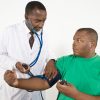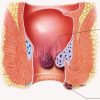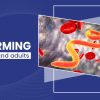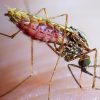- Empty cart.
- Continue Shopping
How to Prepare for Dust and Mold Exposure
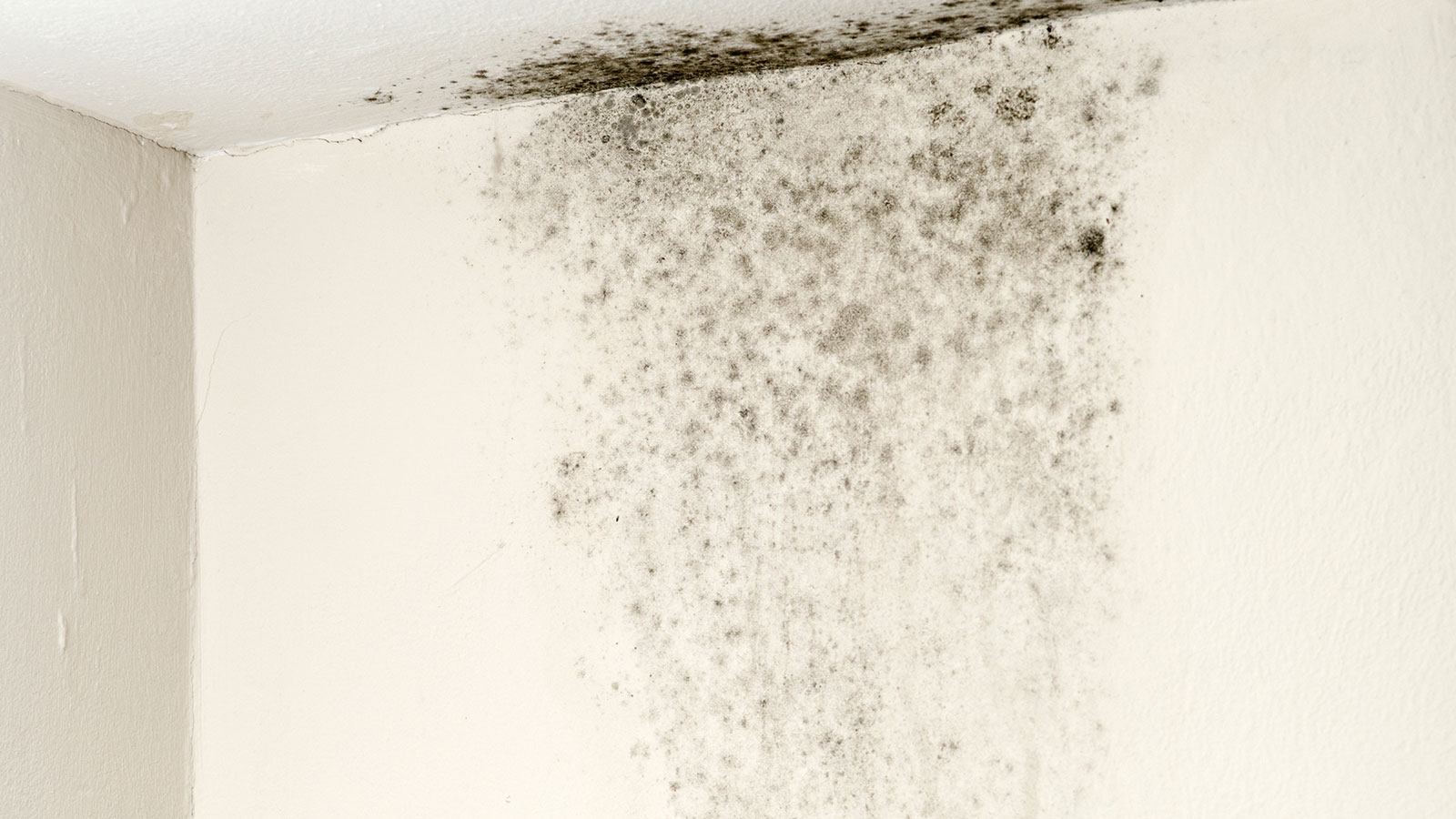
Dust and mold exposure can pose significant health risks, especially for those with allergies, asthma, or other respiratory conditions. Whether you’re renovating your home, cleaning out a dusty attic, or moving into an older building, being prepared can make all the difference.
Understanding the Risks
Respiratory Issues
Inhaling dust and mold spores can lead to respiratory problems, including coughing, wheezing, and shortness of breath.
Allergic Reactions
Exposure to dust and mold can trigger allergic reactions, resulting in symptoms like sneezing, itchy eyes, and skin rashes.
Long-Term Health Effects
Prolonged exposure to mold, in particular, can lead to more severe health issues, including chronic respiratory conditions and fungal infections.
Preparing for Exposure
Personal Protective Equipment (PPE)
Wearing appropriate PPE is crucial when dealing with dust and mold. This includes:
- N95 or higher-rated masks
- Safety goggles
- Gloves
- Coveralls or old clothing that can be discarded
Ventilation
Ensure proper ventilation in the area where you’ll be exposed to dust and mold. Use exhaust fans or open windows to circulate air.
Seal Off the Area
If possible, seal off the area where you’ll be working to prevent dust and mold spores from spreading to other parts of the building.
During Exposure
Limit Time Spent
Try to limit the amount of time you spend in the contaminated area. Take frequent breaks in a well-ventilated space.
Use Air Purifiers
Using air purifiers equipped with HEPA filters can help capture airborne dust and mold particles, reducing your exposure.
Stay Hydrated
Drinking water can help keep your respiratory tract moist, making it easier to expel any inhaled particles.
Post-Exposure Measures
Shower and Change
Immediately shower and change into clean clothes after leaving the contaminated area to remove any lingering particles from your skin and hair.
Dispose of or Clean PPE
Discard disposable PPE safely, and thoroughly clean any reusable items like goggles and gloves.
Monitor for Symptoms
Keep an eye out for any symptoms of dust or mold exposure, such as coughing, sneezing, or skin irritation. If symptoms persist, consult a healthcare provider.
Special Considerations
Consult a Professional
If you’re dealing with extensive mold infestation, it’s advisable to consult professionals for safe removal.
Vulnerable Individuals
Children, elderly individuals, and those with pre-existing health conditions should avoid exposure to dust and mold whenever possible.
Conclusion
Preparing for dust and mold exposure is essential for minimizing health risks. From using the right PPE and ensuring proper ventilation to taking post-exposure measures, each step plays a crucial role in safeguarding your health. By being proactive and informed, you can navigate situations involving dust and mold exposure more safely and effectively.



